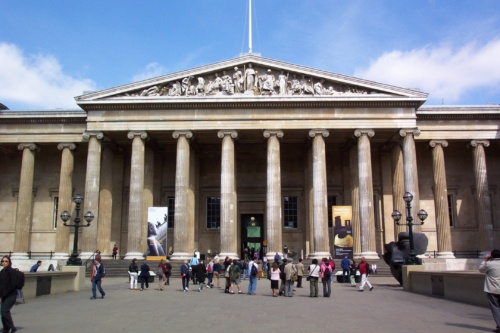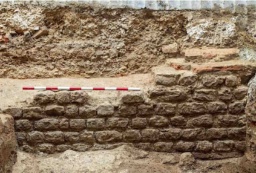Britain’s biggest tourist attraction averages 6 million visitors a year but none of this success would have happened if its wealthy benefactor Sir Hans Sloane (wealthy enough to have Sloane Square named after him) hadn’t bequeath his collection of 71,000 curious objects to the nation after his death in 1753. In that same year, these items became the foundation for the new museum with £20,000 being passed on to his heirs, honouring the terms of his last will and testament.
As well as Sloane’s antiquities, manuscripts and natural specimens, King George VI also added the contents of the Old Royal Library and all of this was stored in a seventeenth-century mansion in Bloomsbury called Montagu House. After the acquisition of this museum location through a public lottery, it opened on January 1759 and at first attracted only 5,000 visitors a year when it sent out the call to ‘all studious and curious persons.’ According to some accounts these ‘curious persons’ did not necessarily include people of the lower classes. There were concerns that their presence would offend those of a more higher status.
In the centuries that followed, the museum bumped up its status with a number of notable acquisitions. Some of these proved controversial. The Parthenon Marbles became a popular attraction in 1816 but even today the Greek authorities are engaged in legal action about ownership. They claim that the sculpture was taken from the Acropolis without permission by Lord Elgin and have continually demanded their return, even hiring celebrity Human Rights lawyer Amal Clooney.
Controversy aside, there were many magnificent and coveted one-off’s, including the only copy in existence of epic Saxon poem Beowulf (which was later moved to the British Library). It’s interesting how the success of the museum led to other tributary institutions. As acquisitions grew steadily, in 1881 the Natural History Museum in South Kensington was created to deal with the overspill.
Today the art, geological finds, classical statues and cultural artefacts from places with such fascinating ancient histories as Alexander’s Greece, The Roman Empire, Assyria, Ancient Egypt and Aztec Mexico have proved an educational and awe-inspiring pull for visitors all over the world. This museum was a trail-blazer of the Enlightenment era, responding to the booming love of science and naturalism and becoming the first public museum in Britain – owned neither by wealthy patrons nor the monarchy and sanctioned, in this respect, by the state. And what’s more, general entry is free although some exhibitions require a fee.
Want to be featured or want to advertise to a jet setting audience worldwide?






